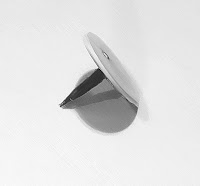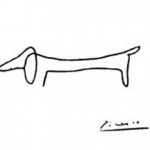Advance Drawing and Painting
Now that you are all back in the drawing mode it is time for a challenge. Your goal will be to find a very small object to observe and draw VERY LARGE. The drawing you create will be monumental, in that it will portray your object as “massive”, creating drama.
A part of this project is going to be about setting the stage for your object. You will be given a shoe box, a flashlight, duck tape, scissors, and paper. These materials will help you create a strong light source on your object.
 |
| A photo of object may help you see the values. |
Your Final Grade for this project will be based on:
- Set-up of your still-life. Finding the object you are going to draw, bring in a flashlight and cardboard box.
· Completion of thumbnail sketch that accurately represents the proportions and values of the object.
· Written statements in sketchbook that reflect upon the process of creating this work of art and your thoughts on how you used the elements and principles of design to create your piece.
· Composition of final charcoal drawing. This includes use of negative and positive space and how the placement and cropping of the object creates movement and interest in the piece.
· Quality of work. Neatness and the accuracy in which the object was drawn large scale.








.jpg)

.jpg)